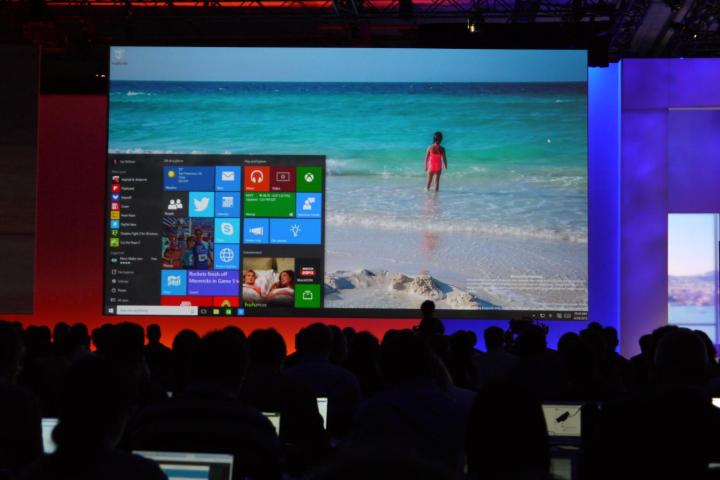
Now The Verge claims Microsoft is still targeting a July 2015 release and is likely to hit that goal. The company was apparently timid about announcing a date at BUILD because, at the time, there was uncertainty over whether Windows 10 would be ready in time. Confidence has begun to grow as of late, however, and the July release now looks very likely.
This is all still speculation and rumors, of course, and none of the information comes from an official, on-the-record source. A last-minute delay is still possible, even likely. Historically, Microsoft hasn’t launched a new version of Windows until several months after it hits a code-complete “release to manufacturing” status, but sources suggest things will be different this time around because of a company-wide effort to update and release software more aggressively.
Launching in July may mean some sacrifices, however. For example, Microsoft plans to pack extension support into the Edge browser, but that feature won’t be available at the release of Windows 10. Users should expect to see numerous, frequent updates to Windows 10 after release as a result of Microsoft’s new “Windows as a service” approach to its core product.
We also know that Microsoft will continue its Insider program after the release of Windows 10. That means power users will continue to be able to trade off stability for earlier access to cutting-edge features.
If the rumors are correct, then we should expect to see some movement from Microsoft soon. It’s barely two months until the end of July, which doesn’t leave the company much time to start its marketing campaign and put word out to consumers.
Editors' Recommendations
- Windows 11 may bring Live Tiles back from the dead — sort of
- The latest Windows update is breaking VPN connections
- Windows 11 might nag you about AI requirements soon
- You’re going to hate the latest change to Windows 11
- Surface Pro 10: all the major changes rumored for the new model


